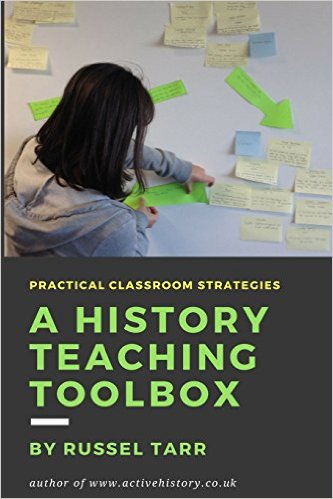Matrix Exercise: The results of the Indian Mutiny Students are presented with a detailed list of consequences which they then organise into a matrix diagram which will enable them to answer the following two questions: c. ‘British rule in India changed significantly after the Mutiny.’ How far do you agree with this statement? c. The…
Month: May 2019
Extension / Homework activity: What’s in a name? What’s in a logo?
Extension / Homework activity: What’s in a name? What’s in a logo? The events of 1857 have been described at different times in different ways by different people. The Sepoy Mutiny | The Indian Mutiny | The Great Rebellion | The Revolt of 1857 | The Indian Insurrection | The First War of Independence Students…
Why, and with what effects, did Indians resist British rule?
Why, and with what effects, did Indians resist British rule? British involvement in India began with the East India Company. Its powerful Governor Generals came to exercise indirect rule through its own private army. In this activity students compare and contrast the roles of Lord Bentinck and Lord Dalhousie in precipitating the Indian Mutiny of…
Sourcework: King Leopold II and the Congo
Sourcework: King Leopold II and the Congo 1. Study Sources A and B. Does Source A prove that Leopold was lying in Source B? Explain your answer using details of the sources and your knowledge. 2. Study Sources C, D and E. Does Sources C and D make Source E surprising? Explain your answer using…
Comparisons and Contrasts: French, Belgian and British approaches to Empire
Comparisons and Contrasts: French, Belgian and British approaches to Empire Using the information from the previous activity, students use this Venn Diagram template to highlight contrasts and comparisons between the different methods used by the French, British and Belgians. There is also a completed teacher version available.
How varied were the impacts of European imperialism on Africans? | teacher notes
How varied were the impacts of European imperialism on Africans? | teacher notes In the 1880s Europeans accelerated their colonisation programmes in a process which became known as the “Scramble for Africa”. Following the Berlin Conference (1884-85), the African continent was randomly divided into about fifty countries. These new borders took no account of ethnic…
10-question test: Europeans in Africa
10-question test: Europeans in Africa A short factual test to consolidate knowledge from the previous lesson.

